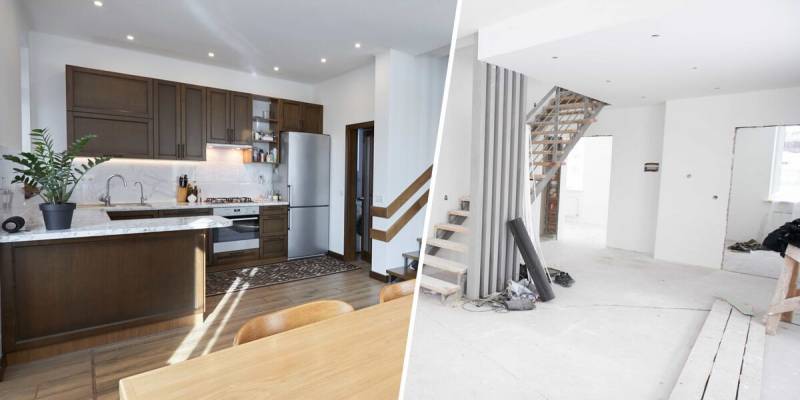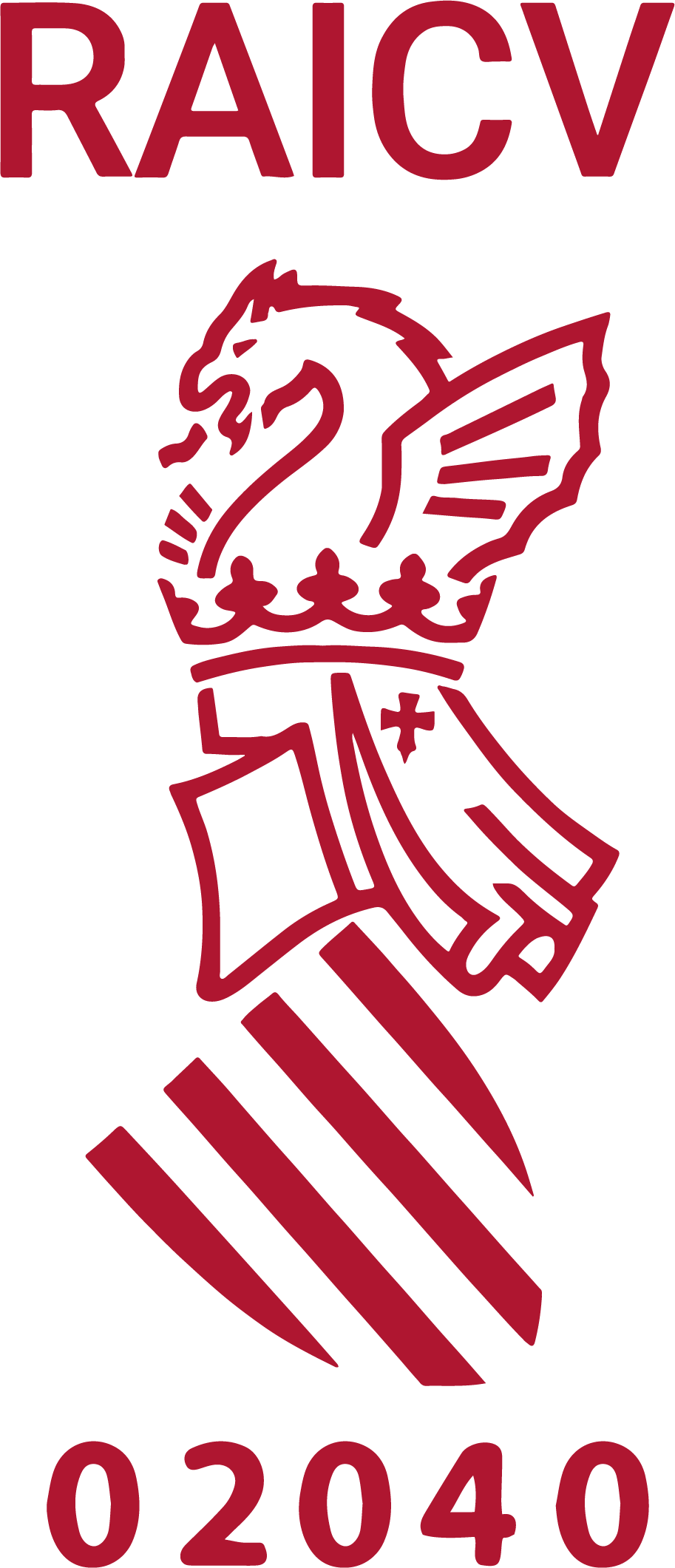Latest news

25 Jun 2024
House flipping: What is it, how to get started in Spain?
House flipping is a practice that involves buying properties, often those requiring significant repairs or improvements, to renovate them and sell them at a higher price in order to make a profit. This strategy is popular in the real estate market and demands solid market knowledge, renovation skills and careful financial planning. The goal is to maximise the value of the property with the lowest possible cost of improvements, to sell it quickly and achieve a good profit margin.
Advantages and disadvantages of house flipping
Before embarking on this real estate investment strategy, it is crucial to consider both its advantages and disadvantages. Below are some of the most relevant aspects:
Advantages
- Quick return: If executed properly, house flipping can generate a financial return in a short period of time.
- Adding value to the property: Renovations can significantly increase the value of the property, especially if they are in line with market demands.
- Improving the environment: Renovating properties can contribute to the revitalisation of neighbourhoods and communities.
Disadvantages
- Financial risk: There is a possibility of not recovering the investment if renovation costs increase unexpectedly or if the value of the property decreases during the process.
- Additional costs: In addition to the purchase price, renovation and other property-related costs must be taken into account.
- Experience required: In-depth knowledge of the real estate market and experience in renovations is required to properly assess the costs and benefits.
It is essential to consider these factors and make a detailed assessment before deciding whether house flipping is the right strategy for you.
Is house flipping profitable?
House flipping can be a profitable strategy in Spain if approached with careful planning, thorough market research and collaboration with local professionals or those experienced in international transactions. Here are some key points about the profitability of house flipping in Spain:
1. High profitability: It has been reported that house flipping can offer significant profitability by returning properties to the market in good condition.
2. Average ROI: Experts say that the average return on investment (ROI) in house flipping can exceed 10%.
3. Comparison with other investments: Even if the sale of the refurbished property takes up to a year, a 10% ROI is still favourable compared to the 3.5% return on safe financial instruments such as treasury bills.
However, it is important to remember that success in house flipping depends on several factors, including the ability to buy at a good price, manage refurbishments efficiently and sell in a favourable market. In addition, the financial risks and additional costs must be carefully assessed before undertaking this investment strategy.
Taxes on house flipping
Properties acquired for house flipping, being second transfer properties, are subject to tax obligations such as Transfer Tax and Stamp Duty (Impuesto de Transmisiones Patrimoniales y Actos Jurídicos Documentados). The tax rate in the Valencian Community is 10%.
How is house flipping done in Spain?
Market research - Before starting, it is essential to research the right property market. Identify areas with growth potential and be aware of current trends.
Budget and planning - Establish a realistic budget and a sound business plan. Include all associated costs, such as buying, renovating and selling the property.
Financing - Make sure you have the necessary financial resources for the purchase and renovation of the house. This may include your own savings, bank loans or investors.
Property Purchase - Look for undervalued homes that need major renovation, but are structurally sound.
Renovate - Make the necessary improvements to increase the value of the property. Establish relationships with contractors and experts who can carry out the renovations efficiently and cost-effectively.
Selling - Once the property has been renovated, it is time to sell it. The aim is to sell it at a price higher than the total cost of the investment, including purchase and renovation.
Profitability analysis - Make sure that the proposed sale price allows you to obtain an adequate return.
Conclusion
House flipping in Spain is not just a passing fad, but a tangible opportunity for those willing to take up the challenge. Throughout this article, we have broken down the key elements of this investment strategy, highlighting both its rewards and risks. With the right information and tools, house flipping can open doors to considerable profits and provide the satisfaction of revitalising properties. We hope this tour of house flipping has provided you with the knowledge you need to make informed decisions and, perhaps, take the first step towards your next property investment project in Spain.









